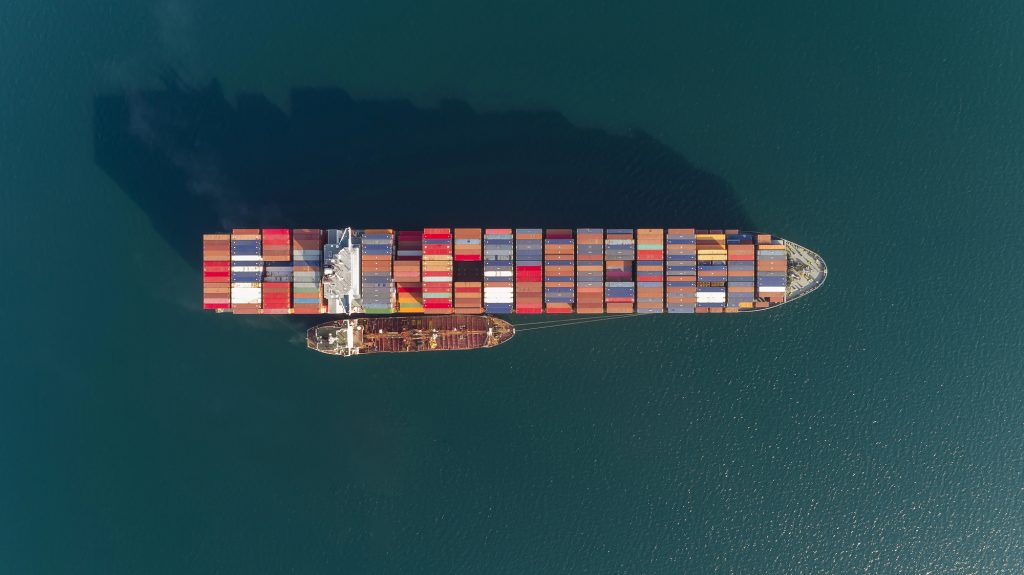What is a Bunkering Hose?

What is a Bunkering Hose?
A bunkering hose is a special type of hose for fuel transfer, mainly used in maritime industry. It’s part of the bunkering process of ships. Bunkering is the transfer of fuel from storage tanks, either onshore or from a bunker barge to the fuel tanks of a ship. Since the material being transferred is hazardous, bunkering hoses must meet safety and performance standards. For more information related to bunkering and offshore fluid transfer, visit offshoremarinehoses.com.
Bunkering Hoses Features
Durable and Flexible Materials
Bunkering hoses are made from high quality, robust materials that can withstand harsh marine environment. Common materials are synthetic rubber and composite materials that are abrasion, weathering and chemical resistant.
Although durable, these hoses are still flexible to allow easy handling and maneuvering during fuel transfer. Many bunkering hoses are reinforced with multiple layers of high tensile strength fabric or steel wire to add structural integrity and pressure resistance.
Standards
Standards compliance is an important aspect of bunkering hoses. They must comply to international standards such as ISO, BS EN and others specific to maritime industry. These standards ensure the hoses can handle pressure, temperature and chemical properties of marine fuels.
Also bunkering hoses require certification from recognized bodies like American Bureau of Shipping (ABS) or International Maritime Organization (IMO) to prove their suitability for use.
Specialized Design
Design considerations for bunkering hoses are length and diameter which varies for different types of vessels and fuel transfer rates. The hoses have specialized end fittings such as flanges or quick release couplings to ensure secure and leak proof connections.
The inner lining of the hose is smooth to reduce friction and wear during fuel transfer and resistant to the specific fuels being transferred to prevent degradation.
Bunkering Hoses Types
There are several types of bunkering hoses for different applications.
-
Rubber bunkering hoses: the most common type, durable and flexible. Suitable for heavy oils, diesel and other fuels.
-
Composite bunkering hoses: made from multiple layers of polymer films and fabrics, lightweight and strong. Suitable for aggressive chemicals and fuels due to its excellent chemical resistance.
-
Cryogenic bunkering hoses: for LNG or other cryogenic fuels transfer. These hoses can handle extremely low temperature without losing flexibility or integrity.
Bunkering Hoses Applications
Bunkering hoses are used in various applications, ship-to-ship (STS) transfers, ship-to-shore (STS) transfers and bunker barge operations.
In ship-to-ship transfers, bunkering hoses are used to transfer fuel between vessels, often in open sea. These require hoses that can handle the dynamic movement of both vessels.
In ship-to-shore transfers, bunkering hoses are used when refueling vessels at port facilities. The hoses must connect to both the ship’s fuel intake and onshore storage facility.
Bunker barge operations use bunkering hoses to supply fuel to anchored ships. The hoses must be versatile and durable to withstand frequent use and varying environmental conditions.
Safety and Maintenance
To ensure safety and longevity of bunkering hoses, regular inspection, proper storage and handling is required.
Regular inspection and pressure testing is necessary to ensure the hoses are in good condition and meet safety standards. Inspection check for wear, abrasion and leaks.
When not in use, bunkering hoses should be stored in a cool, dry place away from direct sunlight and chemicals to prevent degradation. Proper coiling and support can prevent kinking and damage.
After use, hoses should be drained and cleaned to prevent fuel residue from causing damage or safety hazards. Handling should minimize twisting and bending to extend the life of the hose.
Summary
Bunkering hoses are an important part of the maritime industry, fuel transfer to ships safely and efficiently. Their design, material and compliance to standards makes them suitable for marine fuel transfer. Maintenance, handling and compliance to safety regulations is key to extend the life and reliability of the hoses so global maritime logistics can run smoothly.